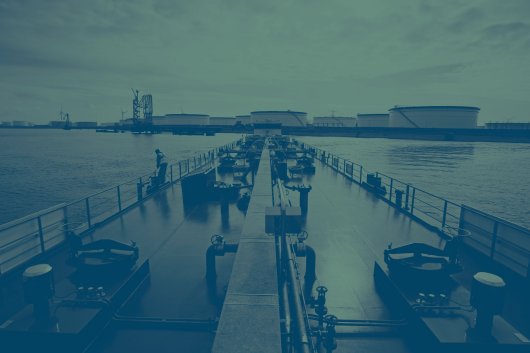Bore Ltd orders scrubber system
Exhaust gas cleaning system is to installed aboard the M/V Seagard to comply with ECA sulphur requirements.
US firm CR Ocean Engineering (CROE) has announced an order from Bore Ltd for one of its exhaust gas cleaning systems (also known as scrubbers), which is to use seawater to reduce sulphur dioxide emissions (SO2) from the main engine of Bore's ro-ro container vessel, the M/V Seagard [pictured].
The system is scheduled to be online during the late spring of 2015. Once installed, it will allow the vessel to meet the low-sulphur Emission Control Area (ECA) requirements even when burning high-sulphur heavy oil, CROE says.
The CROE system includes features that are designed to allow the ship to efficiently reduce stack sulphur emissions, even when operating in the lowest alkalinity/salinity waters of the eastern Baltic.
In a statement, Nick Confuorto, Chief Operations Officer of CROE, commented: "Scrubbers are our primary business. We have been designing and supplying scrubbers since the 1950s and have a proud history of success. CROE has been blessed with several contracts in 2014 and we thank the industry for such warm acceptance. Our dedication to customer satisfaction and the highest technical standards have helped us greatly throughout our history and I am glad to see that the shipping industry also values such standards. We bring our extensive experience and advanced technology to our customers to provide them with a reliable and cost effective alternative to the higher ECA-compliant fuel costs. Our customers can become more competitive by lowering their fuel costs. We are pleased and proud that Bore Ltd has entrusted us with such an important project."
Effective 1 January 2015, all ships that operate in the North American and European ECAs are required to switch to fuel with a sulphur content not exceeding 0.1 percent or install scrubbers that meet the equivalency standard for SO2.
As an alternative, the International Maritime Organization (IMO) has allowed ship owners to install scrubbing systems as an equivalent to fuel switching. The CROE systems are designed to reduce the SO2 content in the engine flue gas to below that found in a 0.1 percent sulphur fuel and therefore comply with existing ECA regulations.
Commenting on the advantages of its scrubber system, CROE said: "The small dimensions of the CROE scrubbing system make it a perfect solution for newbuilds or as a retrofit to existing ships. The system is designed to replace the existing silencers and does not require a bypass. It is an excellent choice for cruise ships, ferries, bulk carriers, containerships, ro-ro and others. CROE offers their scrubbing system as open loop (a once through scrubber using seawater to reduce SO2), or as closed loop (a recirculating scrubber design that utilises an aqueous solution to reduce SO2), or as a combination of both designs, called hybrid."
Finnish firm Bore Ltd was founded in 1897. The company has a fleet of nine ice classed ro-ro vessels ranging from 1,600 to 3,000 lane metres.
On its website, the company says: "Bore has a strong core belief for sustainable shipping in the future, and is actively taking steps towards reducing emissions and pollutions today. We are constantly looking into improving the ship operations and thus minimising the environmental footprint."
The system is scheduled to be online during the late spring of 2015. Once installed, it will allow the vessel to meet the low-sulphur Emission Control Area (ECA) requirements even when burning high-sulphur heavy oil, CROE says.
The CROE system includes features that are designed to allow the ship to efficiently reduce stack sulphur emissions, even when operating in the lowest alkalinity/salinity waters of the eastern Baltic.
In a statement, Nick Confuorto, Chief Operations Officer of CROE, commented: "Scrubbers are our primary business. We have been designing and supplying scrubbers since the 1950s and have a proud history of success. CROE has been blessed with several contracts in 2014 and we thank the industry for such warm acceptance. Our dedication to customer satisfaction and the highest technical standards have helped us greatly throughout our history and I am glad to see that the shipping industry also values such standards. We bring our extensive experience and advanced technology to our customers to provide them with a reliable and cost effective alternative to the higher ECA-compliant fuel costs. Our customers can become more competitive by lowering their fuel costs. We are pleased and proud that Bore Ltd has entrusted us with such an important project."
Effective 1 January 2015, all ships that operate in the North American and European ECAs are required to switch to fuel with a sulphur content not exceeding 0.1 percent or install scrubbers that meet the equivalency standard for SO2.
As an alternative, the International Maritime Organization (IMO) has allowed ship owners to install scrubbing systems as an equivalent to fuel switching. The CROE systems are designed to reduce the SO2 content in the engine flue gas to below that found in a 0.1 percent sulphur fuel and therefore comply with existing ECA regulations.
Commenting on the advantages of its scrubber system, CROE said: "The small dimensions of the CROE scrubbing system make it a perfect solution for newbuilds or as a retrofit to existing ships. The system is designed to replace the existing silencers and does not require a bypass. It is an excellent choice for cruise ships, ferries, bulk carriers, containerships, ro-ro and others. CROE offers their scrubbing system as open loop (a once through scrubber using seawater to reduce SO2), or as closed loop (a recirculating scrubber design that utilises an aqueous solution to reduce SO2), or as a combination of both designs, called hybrid."
Finnish firm Bore Ltd was founded in 1897. The company has a fleet of nine ice classed ro-ro vessels ranging from 1,600 to 3,000 lane metres.
On its website, the company says: "Bore has a strong core belief for sustainable shipping in the future, and is actively taking steps towards reducing emissions and pollutions today. We are constantly looking into improving the ship operations and thus minimising the environmental footprint."
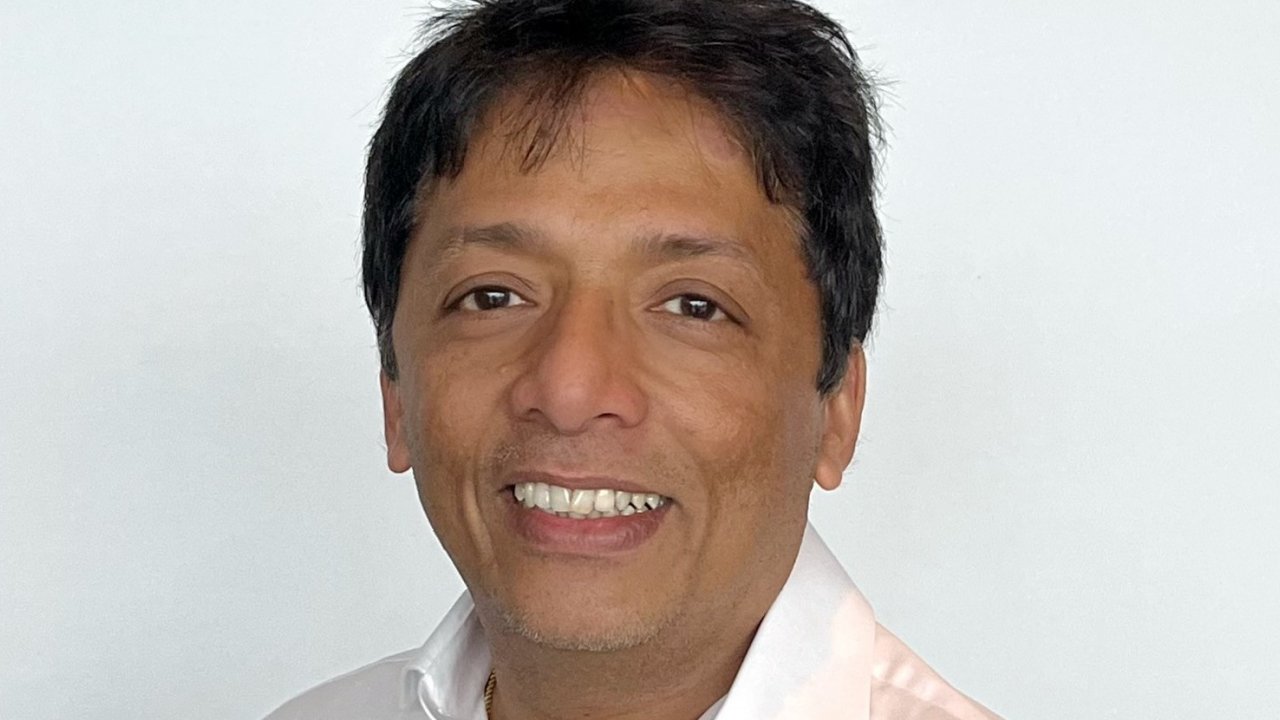
|
How to engineer and manage green shipping fuels | Stanley George, VPS
Effective management strategies and insights for evolving fuel use. |
|
|
|
||
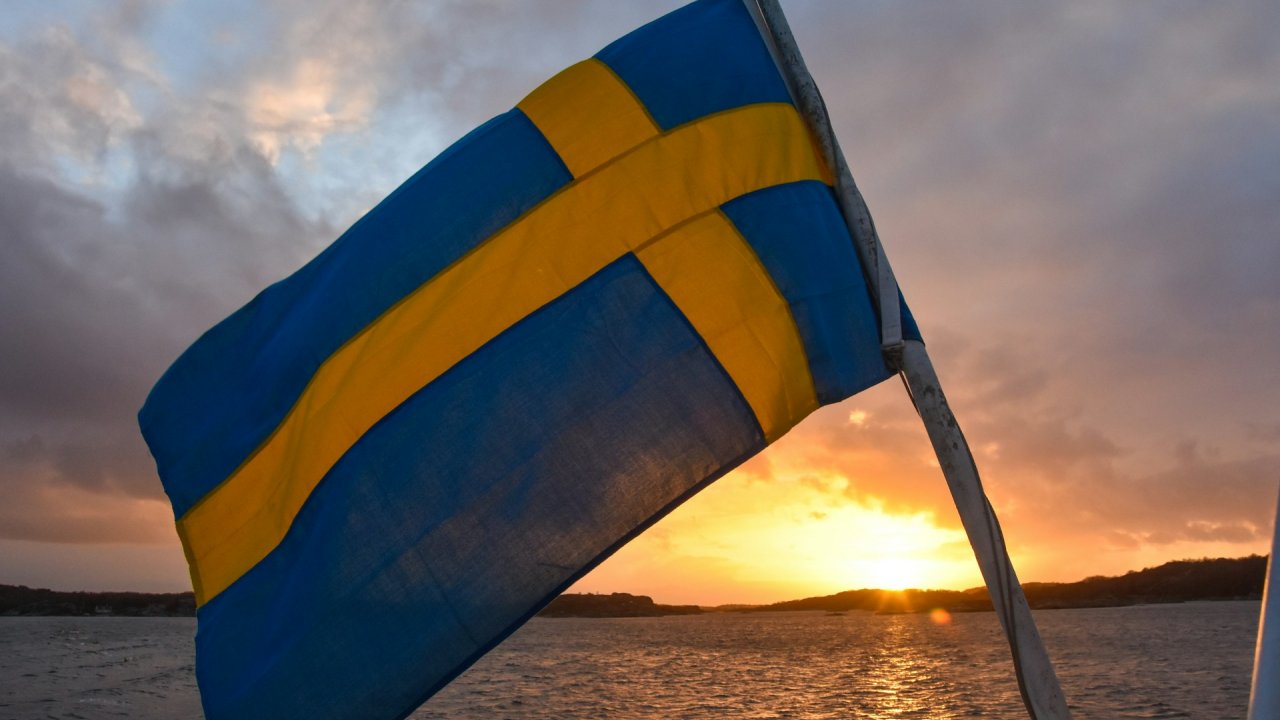
|
Swedish government bans scrubber wastewater discharges
Discharges from open-loop scrubbers to be prohibited in Swedish waters from July 2025. |
|
|
|
||
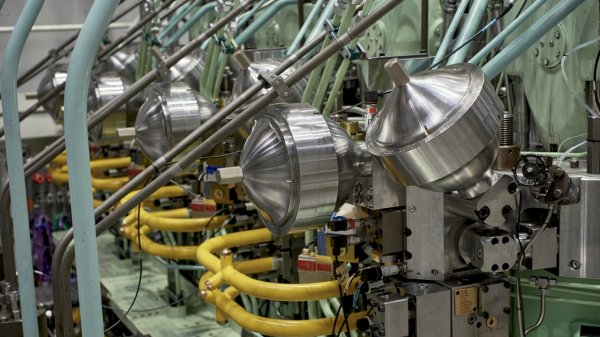
|
MAN Energy Solutions achieves 100% load milestone for ammonia engine
Latest tests validate fuel injection system throughout the entire load curve. |
|
|
|
||
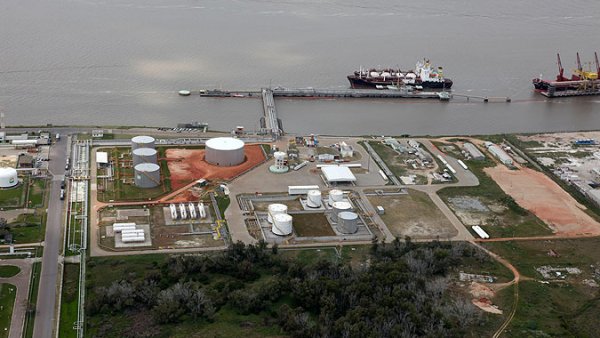
|
Petrobras secures ISCC EU RED certification for B24 biofuel blend at Rio Grande
Blend consisting of 24% FAME is said to have been rigorously tested to meet international standards. |
|
|
|
||
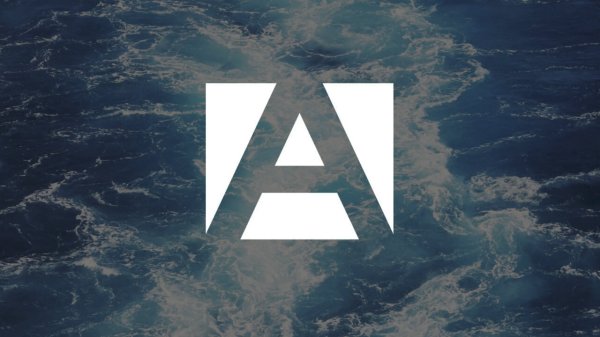
|
Stolt-Nielsen to fully control Avenir LNG with acquisition
Share purchase agreement to buy all shares from Golar LNG and Aequitas. |
|
|
|
||
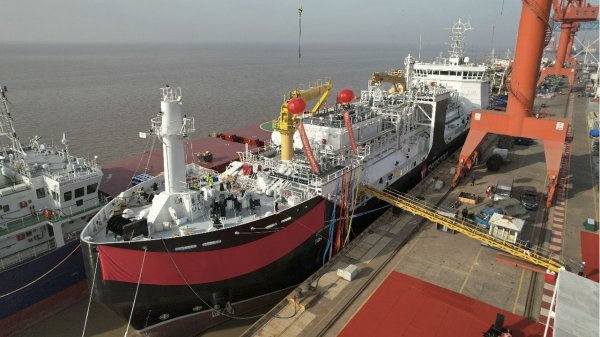
|
Bureau Veritas supports launch of CIMC SOE's LNG bunkering vessel
Handover of Seaspan Energy's cutting-edge 7,600-cbm vessel completed. |
|
|
|
||
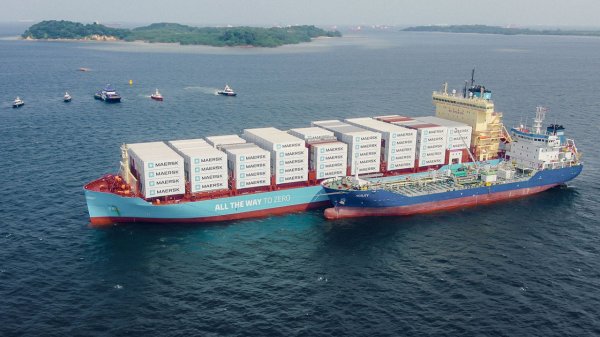
|
Methanol as a marine fuel | Steve Bee, VPS
How environmental legislation has driven the development of low-sulphur fuels and methanol-ready ships. |
|
|
|
||
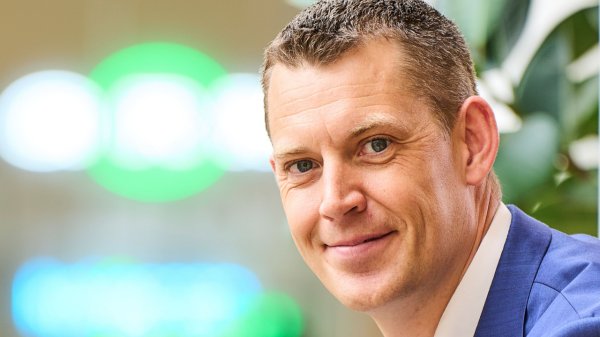
|
Martin Vorgod elevated to CEO of Global Risk Management
Vorgod, currently CCO at GRM, will officially step in as CEO on December 1, succeeding Peder Møller. |
|
|
|
||
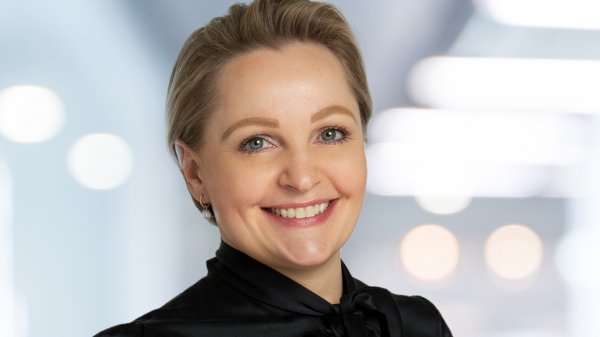
|
Dorthe Bendtsen named interim CEO of KPI OceanConnect
Officer with background in operations and governance to steer firm through transition as it searches for permanent leadership. |
|
|
|
||
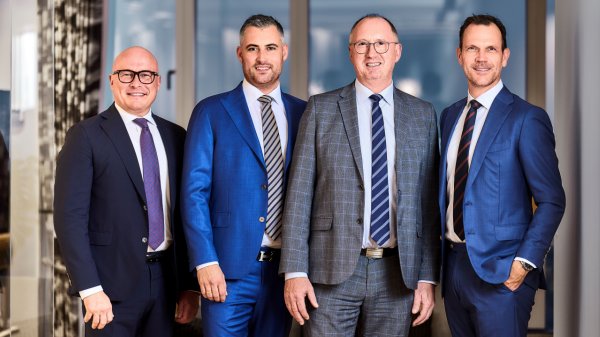
|
Bunker Holding revamps commercial department and management team
CCO departs; commercial activities divided into sales and operations. |
|
|
|
||
Related Links
- · No upfront payment for fuel-saving retrofits [Insights]
- · Option to buy 40 scrubbers in 2015 [Insights]
- · VLGC fitted with exhaust gas cleaning system [Insights]
- · Scrubber technology for Stena Forerunner [Insights]
- · US government grants pollution law exemption to Royal Caribbean [Insights]
- · Royal Caribbean to retrofit 19 ships with scrubbers [Insights]
- · Finland [Directory]

